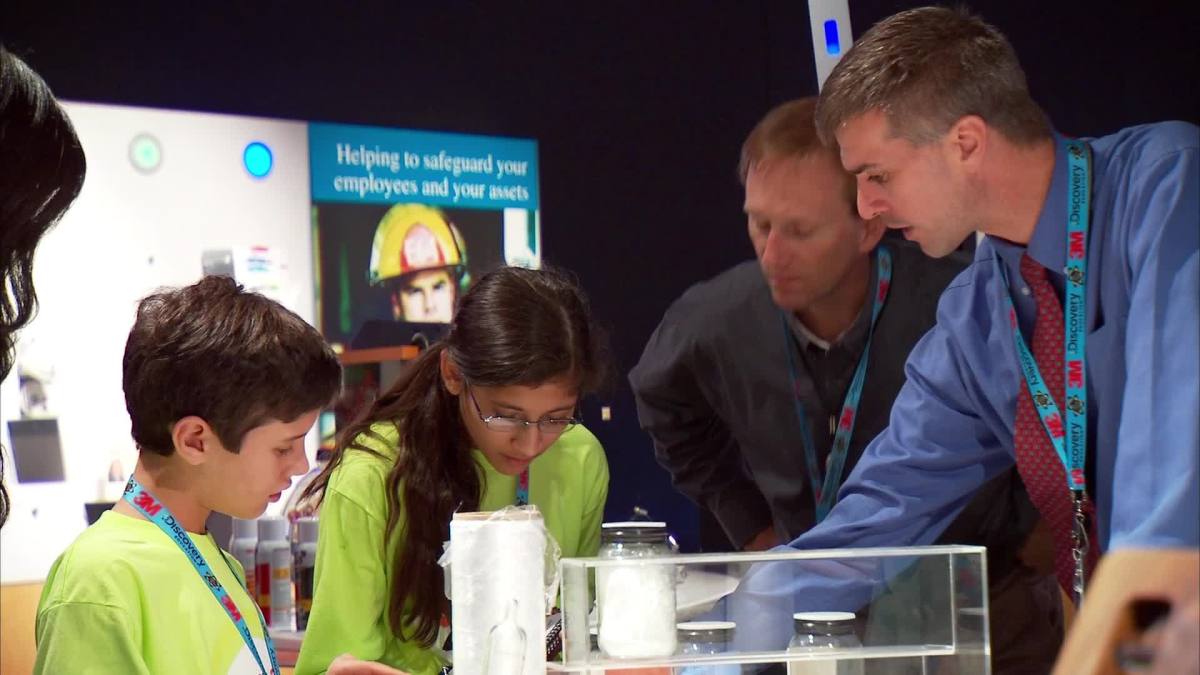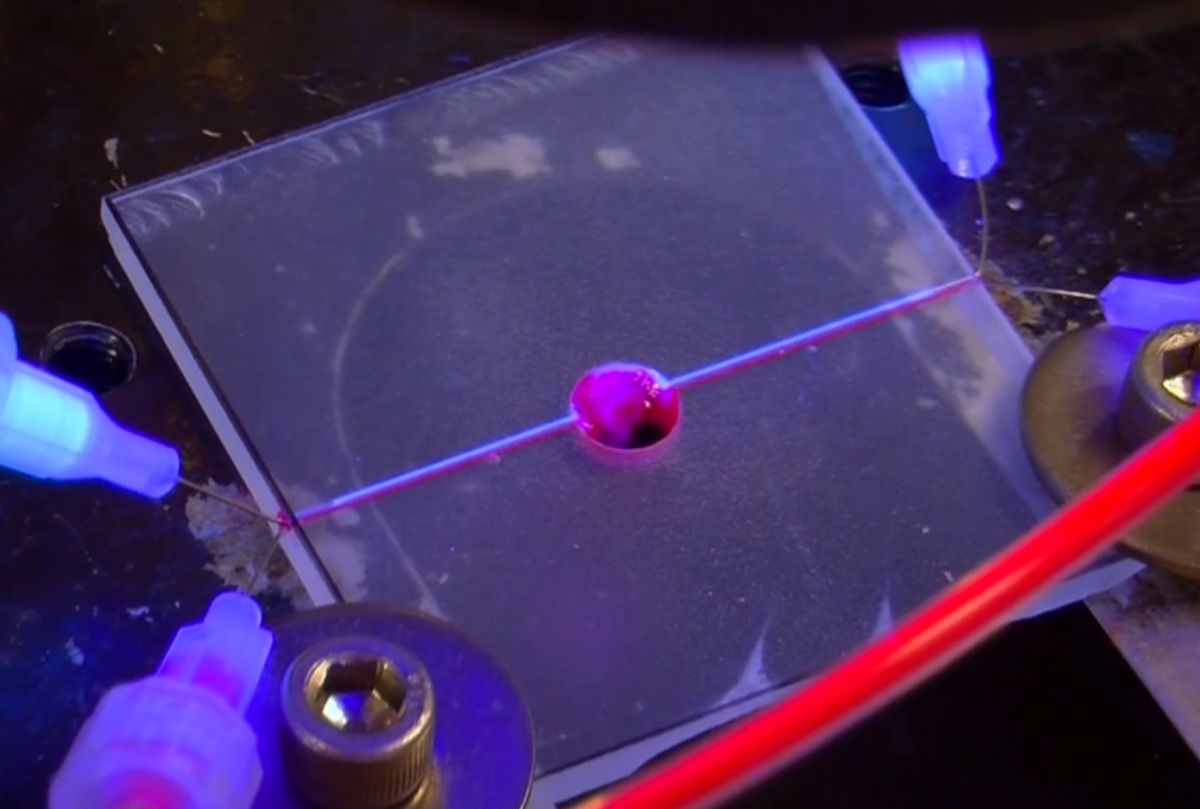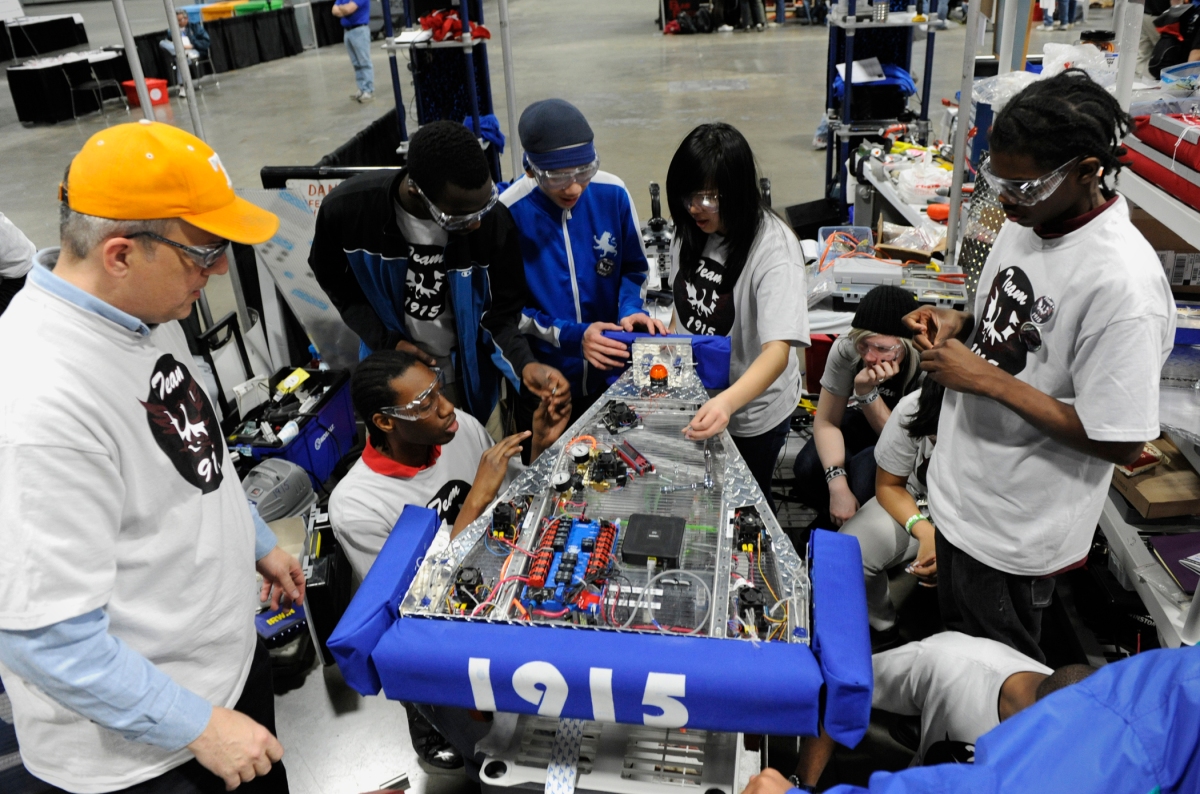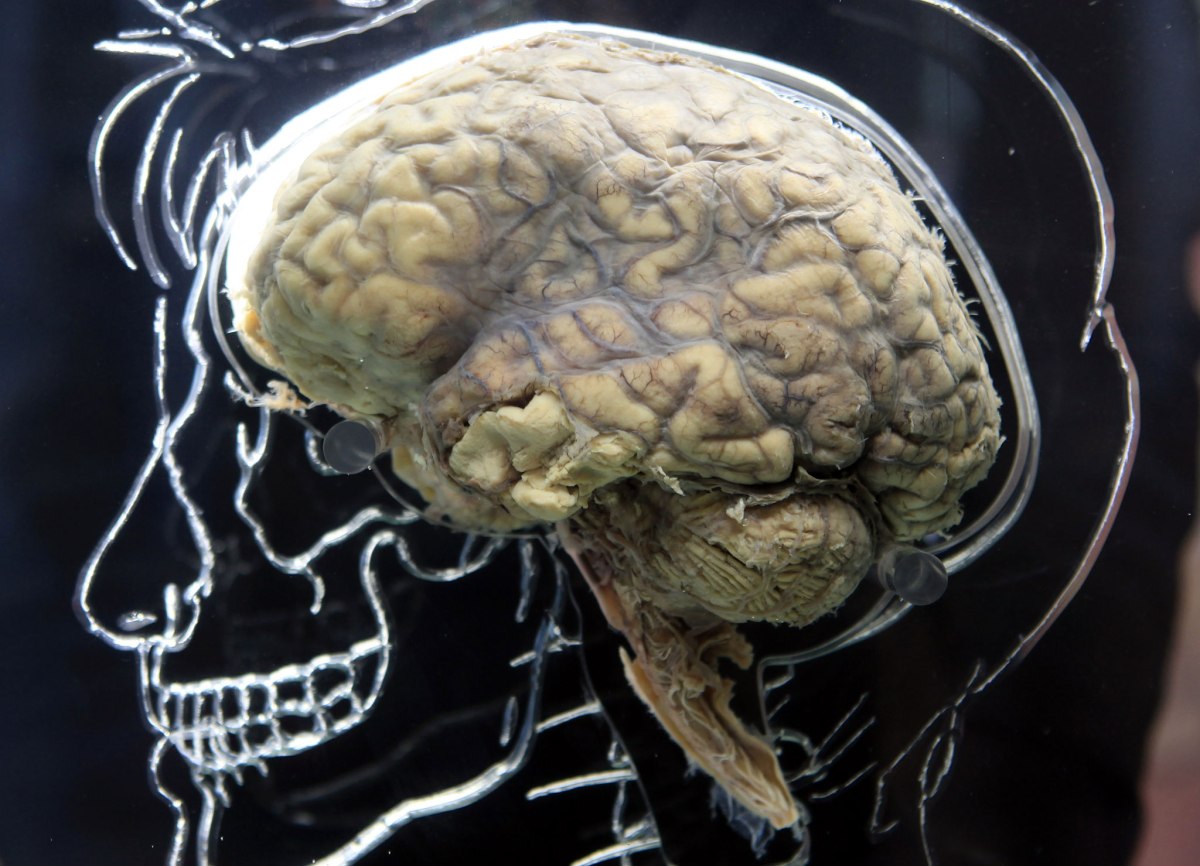At 25, your rotis may or may not be round, but your finances should be sound. Here’s what you need to know to be a financially smart millennial. Continue reading “9 Things every smart millennial girl should know by 25!”
Tag: Times of India
D-Day: A time to remember and learn from the past
Our country’s finest hour was its fight against Nazism. When we landed at Normandy with our allies and pushed forward against the enemy fire, it was a heroic gamble for victory. The price was 4,413 Allied soldiers killed – around a quarter of them British. But the prize was a beachhead in a war that would end with the liberation of Europe and the opportunity to build a better world.
The task of honouring such sacrifice is an immense one, but yesterday’s commemoration rose to the challenge. Barack Obama’s speech at Normandy American Cemetery and Memorial was interrupted by a standing ovation as he acknowledged the veterans around him. In his words, D-Day was a triumph of America’s democratic ideals. As his predecessor Franklin D Roosevelt put it, the US came “not for the lust of conquest. They [fought] to end conquest.”
Continue reading “D-Day: A time to remember and learn from the past”
Scientists find compound to fight virus behind SARS and MERS
An international team of scientists say they have identified a compound that can fight coronaviruses, responsible for the SARS and MERS outbreaks, which currently have no cure.
Coronaviruses affected the upper and lower respiratory tracts in humans. They are the reason for up to a third of common colds.
Continue reading “Scientists find compound to fight virus behind SARS and MERS”
New neural pathway in eyes that aids in vision identified
WASHINGTON: A type of retina cell plays a more critical role in vision than previously known, researchers have found.
A team of researchers led by Johns Hopkins University found that the ipRGCs — an atypical type of photoreceptor in the retina — help detect contrast between light and dark, a crucial element in the formation of visual images.
Continue reading “New neural pathway in eyes that aids in vision identified”
US researchers develop plastic that can ‘regenerate’
Until now, self-repairing materials could only bond tiny microscopic cracks.
The restorative material is delivered through two, isolated fluid streams (dyed red and blue).
The liquid immediately gels and later hardens, resulting in recovery of the entire damaged region.
“We have demonstrated repair of a non-living, synthetic materials system in a way that is reminiscent of repair-by-regrowth as seen in some living systems,” said Jeffry S. Moore, a professor of chemistry at University of Illinois.
Such self-repair capabilities would be a boon not only for commercial goods but also for parts and products that are difficult to replace or repair, such as those used in aerospace applications.
The regenerating capabilities build on the team’s previous work in developing vascular materials.
Using specially formulated fibres that disintegrate, the researchers can create materials with networks of capillaries inspired by biological circulatory systems.
“Vascular delivery lets us deliver a large volume of healing agents – which, in turn, enables restoration of large damage zones,” said Nancy Sottos, a professor of materials science and engineering.
The vascular approach also enables multiple restorations if the material is damaged more than once.
The team demonstrated their regenerating system on the two biggest classes of commercial plastics: thermoplastics and thermosets.
They envision commercial plastics and polymers with vascular networks filled with regenerative agents ready to be deployed whenever damage occurs, much like biological healing.
The research appeared in the journal Science.
Continue reading “US researchers develop plastic that can ‘regenerate’”
Indian-origin scientist researching on new Robotics technology
LONDON: An Indian-origin scientist in the UK has bagged a 1.07 million pounds funding grant to work on a pioneering technology of creating an ultra-flexible tactile skin for robotics and prosthetics.
Dr Ravinder Dahiya has got the grant from Britain’s Engineering and Physical Sciences Research Council (EPSRC) to work on the technology that could enable a robot not only to carry a cup of tea to an elderly person but can also sense whether it is too hot to handle.
Continue reading “Indian-origin scientist researching on new Robotics technology”
In a first, experts produce solar jet fuel from water and carbon dioxide
LONDON: An EU-funded research project called Solar Jet has produced the world’s first ‘solar’ jet fuel from water and carbon dioxide. Researchers have successfully demonstrated the entire production chain for renewable kerosene using concentrated light as a high temperature energy source.
Continue reading “In a first, experts produce solar jet fuel from water and carbon dioxide”
HIV slowly adapting to humans: Scientists
TORONTO: Scientists studying the evolution of HIV in North America have found evidence that the virus is slowly adapting over time to its human hosts.
However, this change is so gradual that it is unlikely to have an impact on vaccine design, researchers said.
Continue reading “HIV slowly adapting to humans: Scientists”
Scientists have built an ‘off switch’ for the brain
LONDON: Scientists have developed an “off-switch” for the brain to effectively shut down neural activity using light pulses.
In 2005, Stanford scientist Karl Deisseroth discovered how to switch individual brain cells on and off by using light in a technique he dubbed ‘optogenetics’.
Continue reading “Scientists have built an ‘off switch’ for the brain”
Slangs changing the face of English language?
On English Language Day today — which is also William Shakespeare’s birth anniversary — TOI takes a look at the changing face of the language
Author Mark Twain once famously said, “The difference between the almost right word and the right word is really a large matter — it’s the difference between the lightning bug and the lightning.” But are the author’s thoughts now outdated? Earlier this year, a Colombia University professor suggested that the comma be abolished, as he felt that the absence of the punctuation mark from modern text will not affect the clarity of what is written.
Continue reading “Slangs changing the face of English language?”











You must be logged in to post a comment.